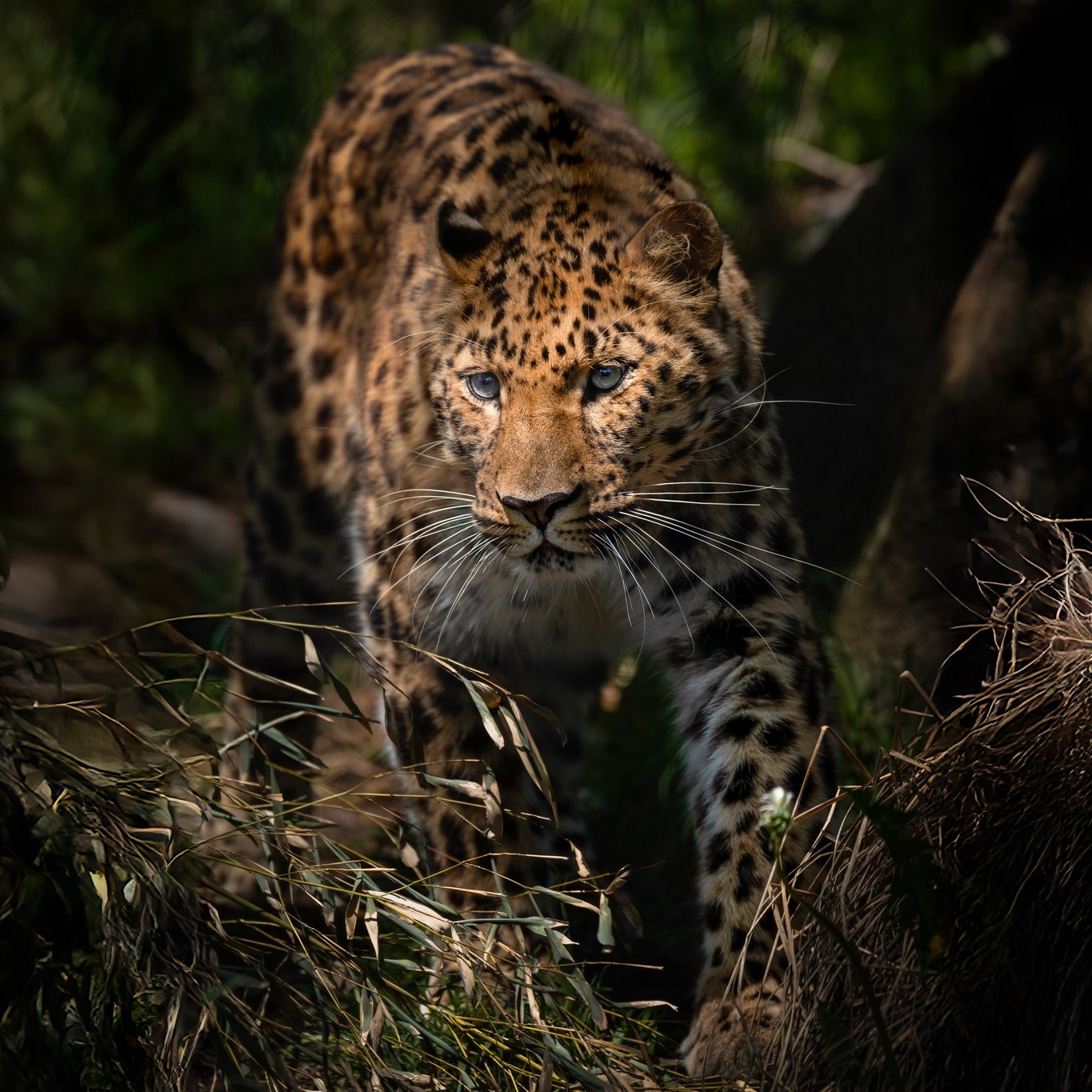- Introduction to the Amur leopard and its natural habitat.
- Sound and sensory perception in big cats, particularly the Amur leopard.
- The role of music in animal behavior and enrichment.
- Conservation efforts and the importance of awareness.
- Visiting opportunities and engagement at zoos with Amur leopards.
The Amur leopard, known for its striking beauty and elusive nature, is one of the rarest big cats in the world. Native to the temperate forests of the Russian Far East and parts of China, this majestic creature is critically endangered, with less than 100 individuals estimated to be in the wild. Understanding and protecting this species is vital for conservationists and animal lovers alike.
The Amur leopard lives in a rugged terrain, thriving in forests with cold winters and hot summers. This environment influences its exceptional adaptability, making the Amur leopard a resilient predator. Yet, despite its adaptability, the species faces significant threats from habitat destruction, poaching, and reduced prey availability. Conservation efforts are vital to ensure the survival of this magnificent animal.
Big cats, including the Amur leopard, possess extraordinary sensory perception. Their keen sense of hearing is particularly crucial, enabling them to detect prey from a distance. Studies show that sound plays a pivotal role in their daily lives and behaviors. Vibrations and frequencies can affect feline behavior and enrichment, making auditory enrichment a fascinating subject for zoologists and animal caretakers.
The role of music in animal behavior is an area of growing interest. For animals in captivity, like the Amur leopard, enrichment activities are important for their physical and mental health. Music is used as an enrichment tool to stimulate their senses. Although there is no definitive scientific answer to which type of music an Amur leopard "prefers," many zoos and researchers have experimented with various genres like classical, jazz, and, whimsically, "paw-p" music, to observe behavioral changes and alleviate stress.
In practice, music can influence mood and behavior. Observing how different rhythms and melodies impact leopards’ interactions and comfort levels can offer insights into their preferences and well-being. While the idea of a "favorite type of music" may be lighthearted, it underscores the importance of creating environments that contribute positively to animal welfare.
Conservation efforts for the Amur leopard are ongoing and multifaceted. Organizations focus on habitat preservation, anti-poaching measures, and breeding programs. Through global awareness and education, conservationists aim to involve people in protecting this fragile species. Public engagement, like visiting zoos, plays a critical role in supporting these initiatives. For instance, meeting an Amur leopard up close can inspire visitors, fostering a deeper connection to wildlife conservation.
Zoos provide unique opportunities for educational outreach and direct engagement with conservation projects. By visiting zoo exhibits, people can learn about the Amur leopard’s life, threats, and the efforts required to save them. These experiences are not just about entertainment but are fundamental in building a community that values and supports wildlife conservation.
In the end, the story of the Amur leopard is one of resilience, beauty, and hope. Through thoughtful engagement and sustained conservation efforts, there is potential to secure a future for this extraordinary animal. Visit a zoo to meet Antin, the three-year-old Amur leopard on exhibit, and discover the captivating world of big cats while supporting the crucial work to protect them. By doing so, you contribute to a greater cause, enriching your understanding and aiding in the preservation of these amazing creatures.
*****
Source Description
What’s an Amur leopard’s favorite type of music?
🐆
🎸
🐆
Paw-p! 🎶
Pounce on the chance to meet Antin, our three-year-old Amur leopard—now on exhibit daily in Tiger Terrace!
Please note that viewing may vary.
Link in bio to plan your visit.


